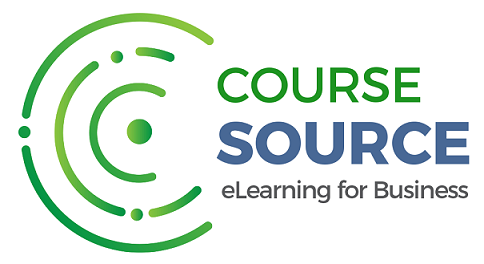Safeguarding Children (Level 1)

Overview
This Introduction to Safeguarding Children (Level 1) course will help to ensure that all people working with or who have contact with children and young people are equipped to carry out their safeguarding responsibilities effectively.
Audience
This Safeguarding Children Level 1 course is intended for staff who fall into the following work groups:
Group 1: Staff who are in infrequent contact with children, young people and / or parents / carers and who may become aware of possible abuse or neglect. Group 2: Those in regular contact or have a period of intense but irregular contact, with children, young people and / or parents / carers, who may be in a position to identify concerns about maltreatment, including those that may arise from the use of a common / early help assessment.
Please note: if you fall within the three work groups outlined below, you would need to complete additional training.
Group 3: Members of the workforce who work predominantly with children, young people and/or their parents/carers and who could potentially contribute to assessing, planning, intervening and reviewing the needs of a child and parenting capacity where there are safeguarding concerns.
Group 4: Members of the workforce who are responsible for making safeguarding referrals to the Police and Children’s Social Care Group 5: Members of the workforce who have particular responsibilities in relation to undertaking section 47 enquiries, including professionals police and children’s social care; those who work with complex cases and social work staff responsible for co-ordinating assessments of children in need.
Please note: If you were in groups 3 to 5 above, you would need to complete the following course instead:
About this course
The course contains additional resource materials, useful links and a refresher guide.
Objectives
This course will enable you to:
Content
Here are some of the topics covered in this course:
Everyone saw Victoria suffering but no one saved her | Serious case reviews | Every Child Matters and the Children Act 2004 | Children’s Trusts and LSCB’s | Baby P (Peter Connelly) | The Munro report | Revision and streamlining of the legislation | Working Together to Safeguard Children | Local Safeguarding Children Boards (LSCB) | LSCB: core functions | What is meant by safeguarding? | Who is responsible for safeguarding children? | Some facts and myths | What are we safeguarding children from? | Definition of child abuse | Definition of significant harm | Parenting and abuse | How to establish whether there is significant harm | The role of Children’s Social Care | Is there really a problem? | Myths on how to treat children | Who abuses children? | Forms of abuse | Indicators of abuse | Children’s response to abuse | Safeguarding: important principles | Causes of physical abuse | Signs from the victim and Signs form the abuser | Effects on children | Definition of emotional abuse | Causes of emotional abuse | Components of emotional abuse | Signs of emotional abuse | Signs from the abuser | Emotional abuse during childhood | Myths of sexual abuse | Grooming | Signs of sexual abuse | Signs from the abuser | Disclosure | Cause of neglect | Signs of neglect | Asking questions | Attempt to resolve? | Making Promises? | Discuss with colleagues? | Can you wait? | Keeping good records | Concerns about a colleague? | What children fear | What children want | Types of disclosure | Safety first and avoiding promises | Listen carefully | Do not interrogate | Communicate appropriately | Actions to avoid | Actions to undertake
